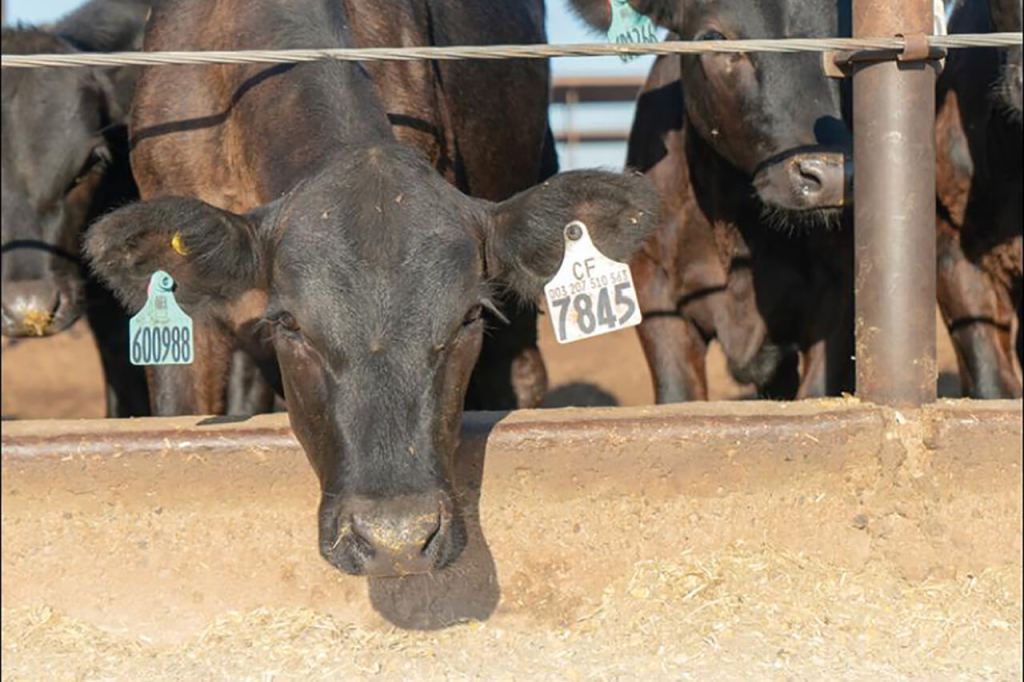The idea of incorporating beef semen into a farm’s reproductive strategy has been around for years. As dairy genetics continue to advance and strategies continue to evolve, it’s not uncommon to see sexed, conventional and beef semen in a herd’s program. How do farmers determine which cows get bored with which semen?
[READ: Get Further Faster with Beef Semen]
The first step in determining the best approach for a farm is to decide how many heifers are wanted in the herd, Trent Olson of ABS explains. Knowing what percent of the herd to cull and replace each year provides the first step of understanding how many heifers are needed to reach a farm’s goals. Once a farmer has that nailed down, then it is time to discuss strategies.

Chad Dechow of Penn State University says he doesn’t have one recommended strategy all farms should use when creating a plan. It depends on how much of an investment producer want to make in either genomic testing or analyzing pedigrees and genetic data.
“One option is to do genomic testing,” he says. “The bottom percent of your herd is bred to beef semen, and the top percent gets sexed semen, and then depending on herd goals and so forth, the middle percent can get conventional dairy semen.”
On the other end of the spectrum, farmers can do absolutely nothing, he adds.
“For example, there was a herd in Pennsylvania that needed 30 calves per month,” he explains. “The first 30 heifers that were born they kept, and then everything after that was culled.”
In between, Dechow advises farmers to use metrics, like parent average, pedigree and age of dam, to decide which cows that they want to make heifers.
“If we are making genetic progress in our herd, our two-year-olds are better than our mature cows on average,” he explains. “So, we can just keep calves from our younger cows. And then the calves from the older more productive cows can be bred to beef semen and so forth.”
Olson says a lot of herds are focused on minimizing the use of conventional semen and moving toward a sexed and beef strategy to target lower heifer inventories, higher value cull calves and better profits overall.
[LEARN MORE: Beef InFocus]
“Eliminating or reducing the amount of conventional semen on the farm means we’re making each calf more valuable because either she’s going to be a replacement and stay in our herd, or we’re trying to get the most valuable calf being born,” he says. “We know that as we make a higher percentage of beef calves and fewer dairy bull calves, that can raise the income from cash sales from the farm.”
Originally published on dairyherd.com





